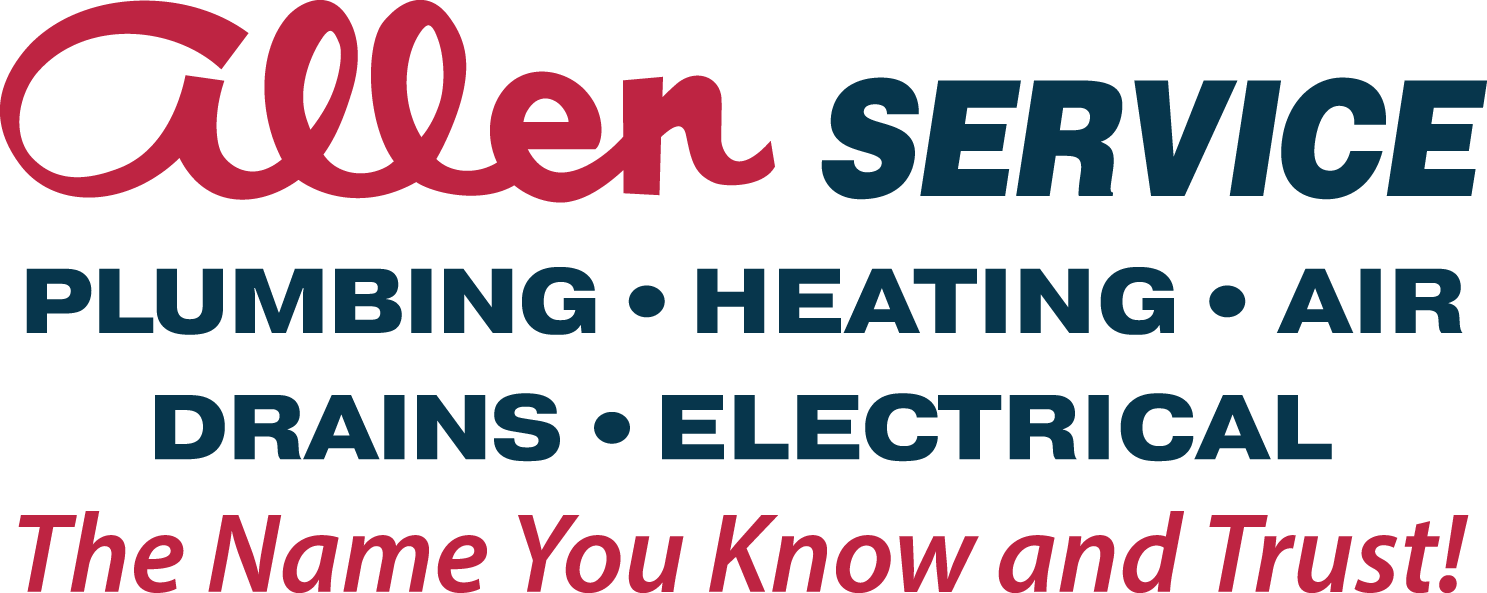
All of the drains in your home lead to the main sewer line, which runs from your home and connects to a city sewer line or a septic tank. Keeping your water and sewer lines intact and working properly is critical to the health of your family, as well as to the structural integrity of your home.
There’s a big difference between a clogged drain line or a clogged or broken sewer line. If one of your drains is backing up, but some of the drains in your house are running freely, you just need to clear the clog in that one drain. The easy solution for this is to get out the plunger and go to work on that drain.
The Following Are Signs That You May Have a Sewer Line Clog:
- Strong, foul odors coming from your drains or yard – If you detect a foul smell in the yard, it’s likely sewage gases are escaping through the soil, and this is a strong indicator that you have a sewer line break or clog.
- Clogged or slow emptying drains – If the lowest drain in your house is clogged but the other drains seem to be ok, or if none of the drains in your house are working, you probably have a clogged or broken sewer line.
- Flooded front yard from a broken sewer line – A flooded yard can be a sign of a broken sewer pipe. Sewer lines can be buried anywhere from a couple of feet to six feet below the ground. Colder climates require a deeper pipe to avoid freezing. If your sewer line is close to the surface, a broken pipe can quickly begin to pool water which seeps through the grass and becomes visible on the surface. Sometimes you may not see water, but you can tell that the ground is wet and squishy.
- Mold or mildew growing on your walls – The presence of mold or mildew is not necessarily a sign of a broken sewer line, but it can definitely be a consequence of a line break. Dealing with mold and mildew can be difficult and it can cause an unhealthy environment for your family.
- Gurgling or bubbling drains or toilets – If the drains are making strange noises like these, it could be that the sewer line is only partially clogged, but the sooner you get it repaired the better. A clog will usually get worse, and it won’t fix itself.
- Sewage backups from your piping systems – If sewage or wastewater is backing up into your tubs or showers, you most like have a sewer line problem.
These Are the Most Common Causes of Sewer Line Clogs or Breaks:
- Tree Roots – This is most often the cause of sewer line damage. A tree’s roots follow sources of water as they grow. The roots are attracted to the water in the line and can grow into the smallest crack. Then as they continue to grow, they can clog or break the line.
- Wear and Tear – Most sewer line pipes are made of steel and cast iron, and galvanized to prevent rust, but they may still become corroded over time and leak or crack.
- Debris in the lines – Your home’s sewer system is designed to handle human waste and toilet tissue. Other items such as so-called “flushable” wipes, paper towels, or disposable diapers can create a clog. In the kitchen, oil or grease emptied into the drain can solidify and cause a problem
- Extreme temperatures – During extremely cold weather, pipes can break as a result of expanding ice.
If you are experiencing any of these symptoms, your line is probably clogged, and you should contact a plumber right away. Typically, the plumber will visit your home and inspect the line using a video camera. After the inspection, the plumber will do the following:
- Explain what they’ve found. You need to have a clear understanding as to what’s going on so you can make an informed decision.
- Present options for sewer line repair or replacement. Depending on the scope of the problem, there may be more than one viable solution.
- Provide you with clear and accurate pricing for each option. Your pricing estimate should be accurate, firm, and all-inclusive.
- Gather all the information necessary to provide the sewer line service. This will allow the service provider to carefully plan and execute the replacement or repair of your sewer lines.
If tree roots have grown into your sewer line, a temporary fix is done by the use of a mechanical drill that is sent down into the pipe to chop up the clog and allow it to be washed away. However, if the damage is severe, replacement of the line may be required.
In the past, replacing a sewer line might require digging up your yard, but modern technology allows the sewer line to be replaced with only two holes, an entrance, and an exit for the new line. Trenchless sewer line repair is done mechanically, where specialized equipment is used to pull a new pipe through the old one, bursting and replacing the old pipe.
Allen Services has been a trusted name in plumbing and HVAC service, repairs, and installations in the Fort Collins area. For over 60 years, we’ve built a reputation as one of the best sewer cleaning services for quality work, affordable prices, and customer service that’s second to none. Whether your drain pipes and sewer pipes have stoppages, or your thermostat is on the blink, we can ensure your home’s heating, cooling, and plumbing systems problems are resolved without breaking the budget. Our team of technicians is fully licensed, certified, and insured for your peace of mind, and we’ll give you a clear and accurate estimate of the work that needs to be done.
For additional information about the services we offer, or to schedule an appointment, visit our website or reach out to us at 970-672-1660.
